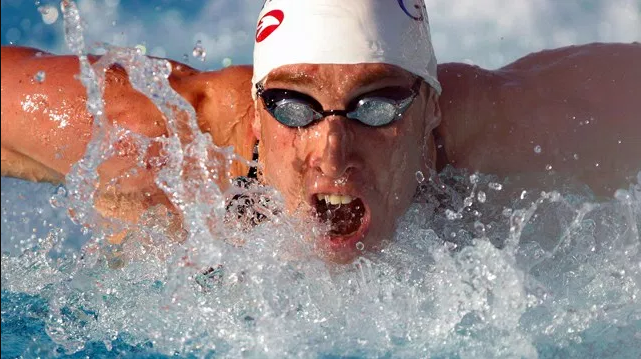It does not take long to get dehydrated in the game! If you are thirsty its already too late !Our bodies contain about 60% fluid, with almost half of this residing in the muscle cells. During vigorous or prolonged exercise large quantities of water and electrolytes can be lost through sweat, as the body promotes heat loss. Smaller quantities of water can also be lost through breathing (respiration).Becoming dehydrated in the game is immediate
Individual sweat rates and fluid losses vary widely. The rate of sweating also varies depending on such factors as the type and intensity of exercise, air temperature, humidity and body exposure to sunlight. Sweat rates of 0.3 to 2 liters per hour are common in active sports people both during training and competition.
A change in body weight due to water loss of 1% is a marker of early dehydration. At 2% water loss, athletes may begin to experience a decline in physical and mental performance.
For example, a 70 kg athlete undergoing intensive training, with a sweat rate of 1.5 Liter per hour, will hit the 2% dehydration level within the first hour of exercise.It is critical that athletes maintain a healthy state of hydration or through proper fluid uptake prior to, during and after intense exercise.
Energice is designed to promote rapid and effective re-hydration. Energice is now being delivered nationally to youth teams ,elite training centers and colleges.
EnergIce® is a healthy effective way to provide your athletes with hydration, energy and faster recovery while cooling core body temperature and keep them at optimum levels. The EnergIce® Isotonic Frozen Bar has received the coveted NSF Certified for Sport® certification and has No Caffeine, No Stimulants and is Gluten Free.
Energice Premium Ice bar is the newest release in the Energice product line. Designed to provide the ultimate in practical refreshment with a clean energy source ,Energice comes fully loaded with four vitamin B supplements ( water soluble vitamins), play a critical role by helping the body metabolize and obtain energy from carbohydrates, fats and proteins, while maintaining a healthy nervous system. Energice is designed by athletes for athletes in a usable 2.5 ounce size . Energice is a sleekly designed and easily ingestible and digestible in pre -game, game and post game consumption. Energice is a superior ice bar design, function and affordability. A practical ice bar refreshment filled with sodium and potassium for everyone . Energice is a no stimulant ,no caffeine energy loaded ice bar that helps support increased energy levels. This Premium Ice bar has it all!
917-545-7099








